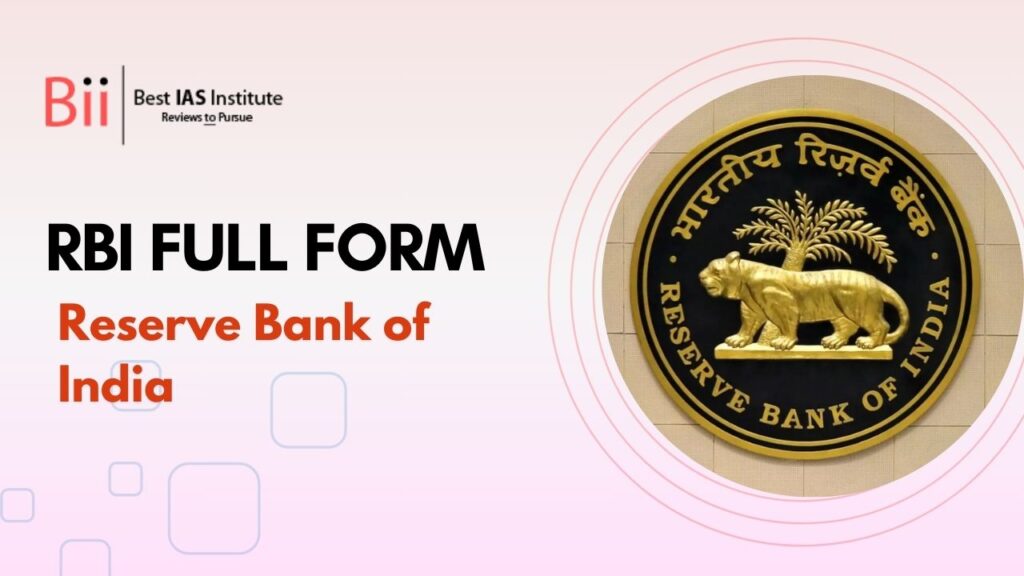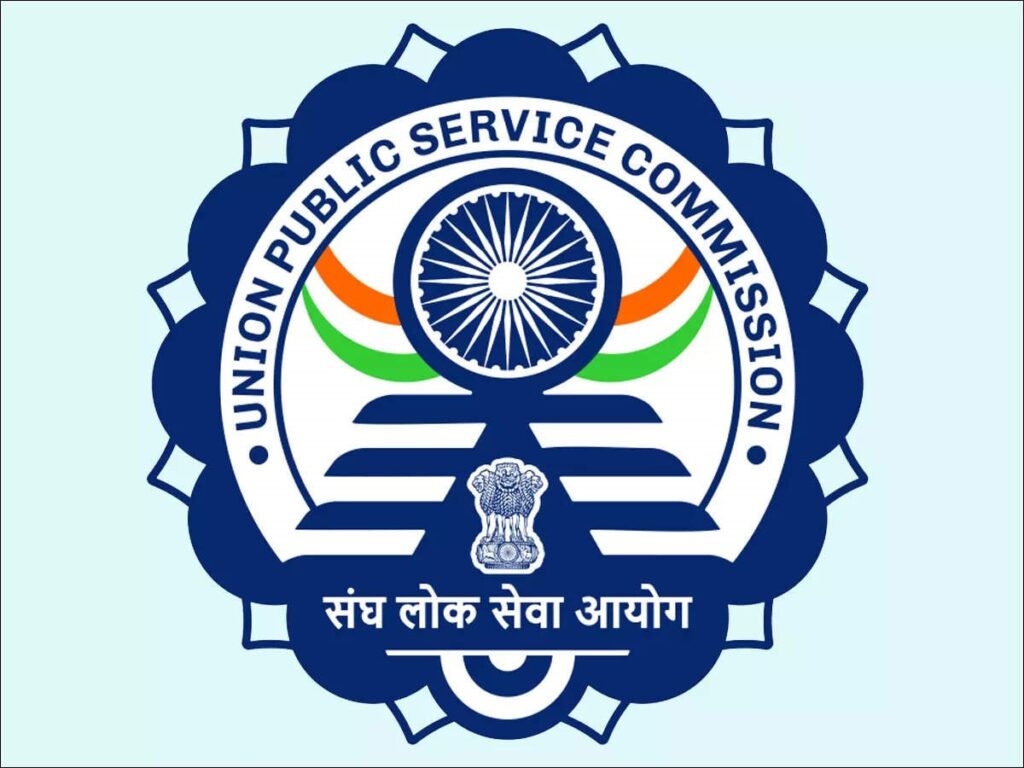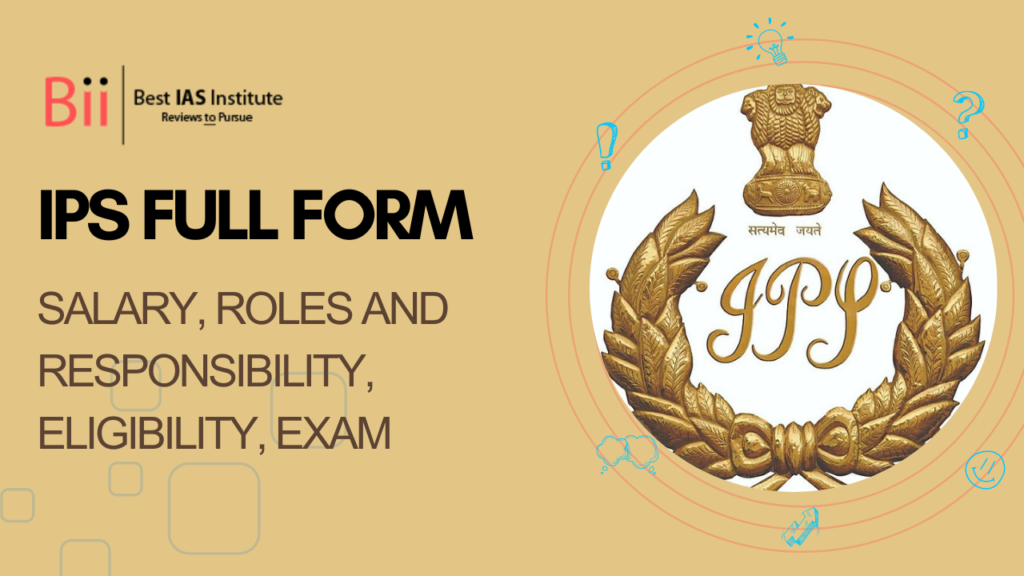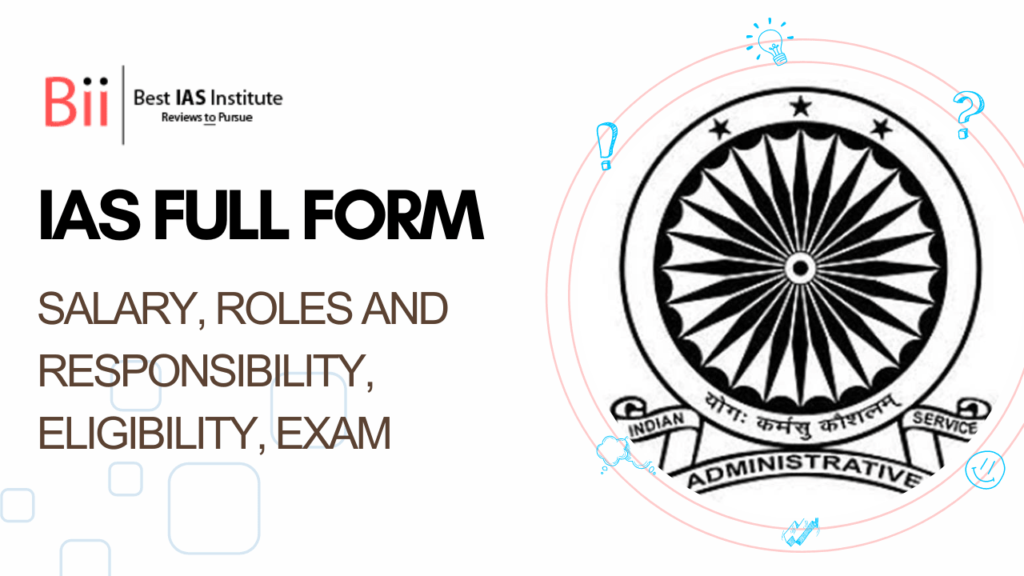
What is the RBI Full Form?
The RBI full form is the Reserve Bank of India. Established in 1934 under the Reserve Bank of India Act, 1935, it is the central bank of the country. In its role, the RBI ensures capital flows into the economy through monetary policy and credit policy. RBI plays an important role in maintaining the economic stability and security of the country. Originally privately owned, the RBI was nationalized in 1949 and made wholly owned by the Government of India.
Establishment of RBI- Reserve Bank of India
Established on 1 April 1935, The Reserve Bank of India (RBI) was authorized by the Reserve Bank of India Act, 1934 and the act was passed in the Indian Assembly and received the assent of the Governor General of India on March 6 , 1934 .The RBI on the aforementioned date Started its career as a central bank and since then has played an important role in the financial and economic landscape of India
Meaning of RBI- Reserve Bank of India
The Reserve Bank of India (RBI) is like the monetary authority of India. It is the central agency responsible for the country’s monetary and banking system. The RBI ensures sufficient liquidity circulates in the economy, controls inflation to keep prices stable and regulates banks for safe and sound conditions. Like the captain at the helm, the Indian economy is steered by the RBI, which takes decisions to ensure that it sails smoothly through calm, stable waters. Its main goal is to keep the economy strong, so that everyone – from individuals to businesses – can prosper and prosper.
Objectives of RBI- Reserve Bank of India
The Reserve Bank of India (RBI) has some clear objectives to keep the country’s economy on track:
- Inflation stability: RBI aims to stabilize prices so that things are not too expensive for people. This allows everyone to buy essentials.
- Economic Growth: It wants the economy to continue to grow, creating more jobs and opportunities for people to improve their lives.
- Financial stability: RBI works to make the banking system safe and secure so that people can have confidence that their money is in good hands.
- Regulation and supervision: Sets rules for banks and other financial institutions to follow, to ensure fair and responsible operations.
- Monetary control: The RBI monitors the supply of money in the economy to ensure that it meets the needs of businesses and individuals without causing problems such as inflation.
By achieving these objectives, RBI contributes to a strong and prosperous economy for India.
Preamble of RBI- Reserve Bank of India
The Reserve Bank of India’s introduction sets out the broad aims and objectives for the establishment of the RBI and the preamble emphasizes the need for a centralized and independent monetary authority for the stability of India’s monetary and credit system.
The preamble to the 1934 RBI Act states: India to establish a Reserve Bank to oversee the issuance of bank bonds and the maintenance of deposits to maintain economic stability in India and generally implement the country’s monetary and credit system make it profitable and for meeting the challenge of increasingly constrained economies and a modern monetary policy framework is needed to sustain it and it is introduction emphasizes the importance of the RBI in terms of money supply policy, maintaining monetary stability and profitably implementing the country’s credit system It underscores the need for a modern monetary policy framework to address economic challenges, while ensuring the twin goals of price stability and economic growth and the preamble to the RBI act lays down the basic principles governing the role and functions of the Reserve Bank of India in the monetary and economic environment of the country.
Structure of RBI- Reserve Bank of India
The Reserve Bank of India (RBI) is like the captain of the ship of the Indian economy and has a huge responsibility to keep the ship running smoothly and the following is a brief explanation of how the Reserve Bank of India is structured.
- Governor: The governor is like a captain and at the top and big decisions are taken and the RBI is done.
- Deputy Governor: The Deputy governors are like first mates and they are helping the governor steer the ship and to help make important decisions.
- Central Circle: The central circle is like a sailor and they meet with the governor and deputy governor to make sure everything goes smoothly and the central board consists of people from various sectors such as finance and industry.
- Departments: With different parts of the ship have specific functions and reserve bank of india departments and with the category deals with specific industries, such as banking, finance, or law.
- Regional Office: Reserve Bank of India ( RBI) has offices in different parts of India which include branches of the bank and these offices help monitor trends in various sectors and ensure proper implementation of policies.
The Reserve Bank of India works like a body to ensure the smooth running of the Indian economy and ensure the safety and security of the country’s monetary system.
Headquarter of RBI- Reserve Bank of India
Headquarter of RBI is in Mumbai, Maharashtra, India and the address of the RBI head office is: Reserve Bank of India (RBI) Central Office Building, Shahid Bhagat Singh Road, Mumbai – 400001, Maharashtra, India and the Mumbai serves as the financial capital of India, the central location of the RBI in this city reflects its important role in overseeing the country’s economic and monetary policies.
Posts and Ranking in RBI- Reserve Bank of India
The following table shows the hierarchy in the Reserve Bank of India, where higher ranks carry more powers and responsibilities as compared to lower ranks;
| Post | Rank |
| Governor | Highest |
| Deputy Governor | Second Highest |
| Executive Director | Third Highest |
| Chief General Manager | Fourth Highest |
| General Manager | Fifth Highest |
| Deputy General Manager | Sixth Highest |
| Assistant General Manager | Seventh Highest |
| Manager | Eighth Highest |
| Assistant Manager | Ninth Highest |
| Junior Assistant | Lowest |
Functions of RBI- Reserve Bank of India
The following important functions of the RBI or the Reserve Bank of India to manage the national economy effectively include:
- Currency issue: Reserve Bank of Bank RBI and distributes currency like rupee and it ensures that there is enough money in the economy but not too much, so prices remain stable.
- Controlling inflation: To Monitor prices to make sure they don’t go up too fast and which can be expensive for people.
- Regulation of banks: The Reserve Bank of India issues rules to banks on the amount of money they must reserve and it makes banks safer and fairer for everyone.
- Foreign Exchange: To manage India’s foreign exchange and ensure that the country has enough to trade with other countries.
- Monitoring of payment systems: The Reserve Bank of India monitors the circulation of money electronically, to ensure its safety and efficiency.
With the above mentioned functioning of Reserve Bank of India’s mission is to keep the Indian economy strong and healthy for all.
RBI Full Form in Various Fields
| Field | Other RBI Full Form |
| Banking | Reserve Bank of India |
| Baseball | Runs Batted In |
| Medicine | Renal Biopsy Interpretation |
| Technology | Radio-Based Interface |
| Education | Reading-Based Intervention |
| Business | Return on Investment |
| Military | Rangeless Ballistic Instrument |
| Environmental Science | Remote Biosensor Instrumentation |
| Astronomy | Radial Basis Function Interpolator |
Conclusion
In conclusion, RBI stands for the Reserve Bank of India and it plays an important role in the monetary policy of the country. RBI acts as the central authority, regulating monetary policy, supervising banks and stabilizing the economy and ensuring price stability, economic growth and financial security and it builds trust and confidence in India’s economic environment. The Reserve Bank of India seeks to foster a stable and prosperous economy for all citizens through its activities and the cornerstone of India’s monetary system, It continues to steer the country towards growth and stability, making it a key institution in the country’s development.
FAQs
Q1: When was the RBI established?
A- The RBI was established on 1 April 1935.
Q2- What are the main objectives of the RBI?
A- The RBI aims to control inflation, promote economic growth, ensure financial stability, and regulate the banking sector.
Q3- Where is the headquarters of the RBI located?
A- The RBI is headquartered in Mumbai, Maharashtra, India.
Q4- How does the RBI contribute to India’s economic growth?
A- The RBI facilitates economic growth by managing inflation, supervising financial institutions, and ensuring a stable monetary environment.
Read more Full form articles here



